AO Edited
Egglestone Abbey
A little-known ruin with a convoluted history and a fascinating latrine drainage system.
This little-known ruin is a rare example of an abbey that was temporarily converted to a manorial seat and later stripped for building materials when the aristocrats who owned it decided to build a much larger mansion nearby. It also gives the public an unusual glimpse at its bathroom engineering.
Egglestone Abbey was a small Premonstratensian abbey on the banks of the beautiful upper reaches of the River Tees in County Durham. It was founded in the late 12th century. The monks, who were also all ordained priests, were known as White Canons because of their distinctive white attire.
The abbey was never well endowed with funds, and for a long time, the church authorities were poised to downgrade its status to a priory, as it could not support sufficient Canons. When Bishops visited, they often reported that the monks were not sticking to the rules, particularly the ones concerning periods of silence and wearing the appropriate garb.
Controversy hit the abbey when one of the Canons was killed in an accident caused by another with whom he had argued. In another strange incident, the Canons were banned from carrying “long knives” in the nearby town of Barnard Castle.
The abbey also had problems raising enough money to pay the required taxes to the crown. To make matters worse, it was damaged by both the invading Scottish army in 1315 and later the English army when it was billeted there on its way to fight the Scots at the 1346 Battle of Neville’s Cross. The English soldiers did so much damage that the abbot claimed compensation from the commanding general.
When Henry VIII dissolved the monasteries in the 1540s, the building was converted into a private house. In the mid-19th century the owner at the time, John Morritt, built the nearby Rokeby Hall using some material stripped from the abbey.
Morritt’s descendants handed what was left of the ruins to the state in 1925. Today, the site is not as well-visited as some of the more famous monastic ruins in the area, but it’s in a lovely secluded spot and is still worth seeing. It has a particularly interesting feature, as the public has unusual access to the latrine drainage system that once used diverted stream water to continually flush waste into the nearby River Tees.
Know Before You Go
Parking and admission are free.

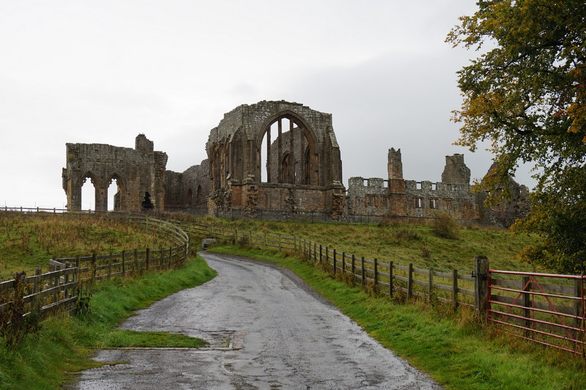












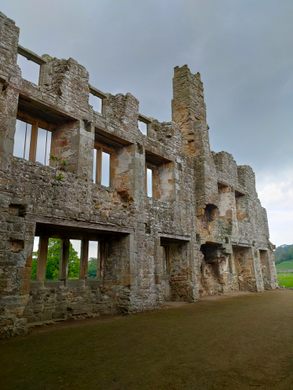







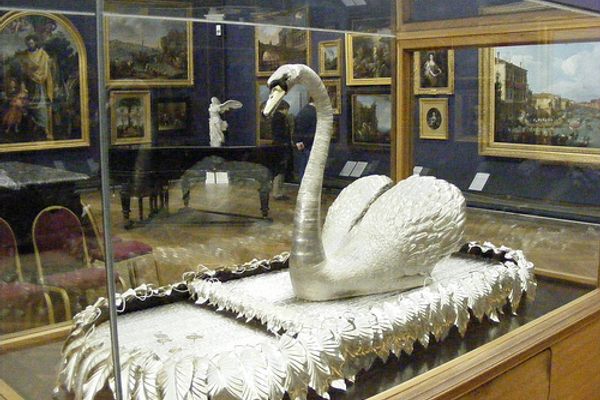


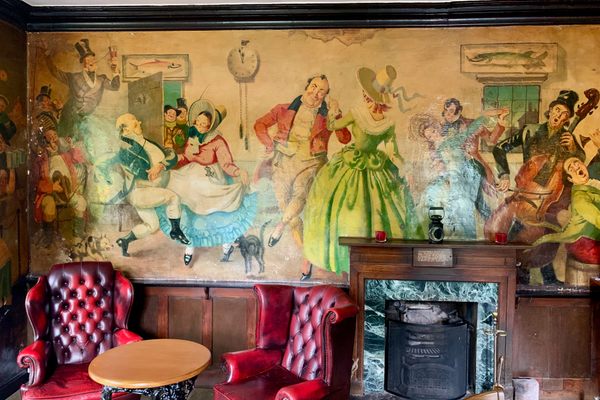



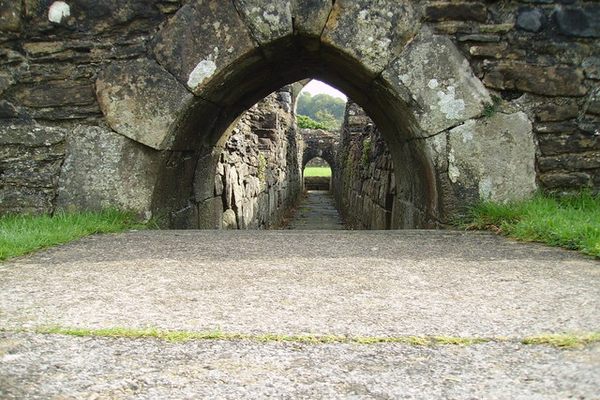


Follow us on Twitter to get the latest on the world's hidden wonders.
Like us on Facebook to get the latest on the world's hidden wonders.
Follow us on Twitter Like us on Facebook